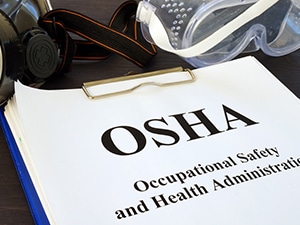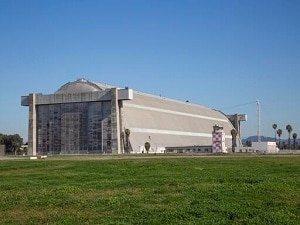Return to Work Safely: How to Ensure Your Workplace is Safe for Occupancy
The global COVID-19 pandemic has led to unprecedented disruption for many industries. As businesses around the world prepare to return to buildings and workplaces that have been closed for months, ensuring the safety of returning workers is critical. Omega’s team of principal scientists, infectious disease experts, public health professionals, industrial…
Read More

Revision to Cal/OSHA Lead Exposure Standard Plan Will Result in Stricter Rules for Employers
California employers in the construction and general industries can expect another revision to lead exposure standards to be finalized by September 2020. In June 2019, Governor Gavin Newsom approved Senate Bill 83, which requires Cal/OSHA to adopt a revised lead exposure standard. The proposed goal of the bill is to…
Read More

Microbial Indoor Air Quality Assessments for a Safe Return to Work
Updated February 2021 Overall indoor air quality may seem low on the list of concerns for businesses whose employees are still largely working from home, but as stay-at-home orders begin to be lifted and workers begin to return cautiously to their desks, it will be increasingly important to assess for…
Read More

What is the Difference Between Phase I, Phase II and Phase III Environmental Site Assessments?
Environmental site assessments are a critical – and sometimes mandatory – due diligence step in the acquisition, financing, development or redevelopment of a property, ensuring that environmental hazards are identified and managed in advance of construction related activities (renovation/demolition) work. Depending on the circumstances, a site may undergo up to…
Read More

Securing the Safety of One of Tustin’s Historic Sites
Nestled in Tustin, Calif. are two of the largest freestanding wooden structures in the world: a pair of blimp hangars from the 1940s. Once used to house military aircraft, these behemoth buildings now serve as rentable filming locations for movies, tv shows, and have even been featured in Tesla commercials. Additionally, the…
Read More








